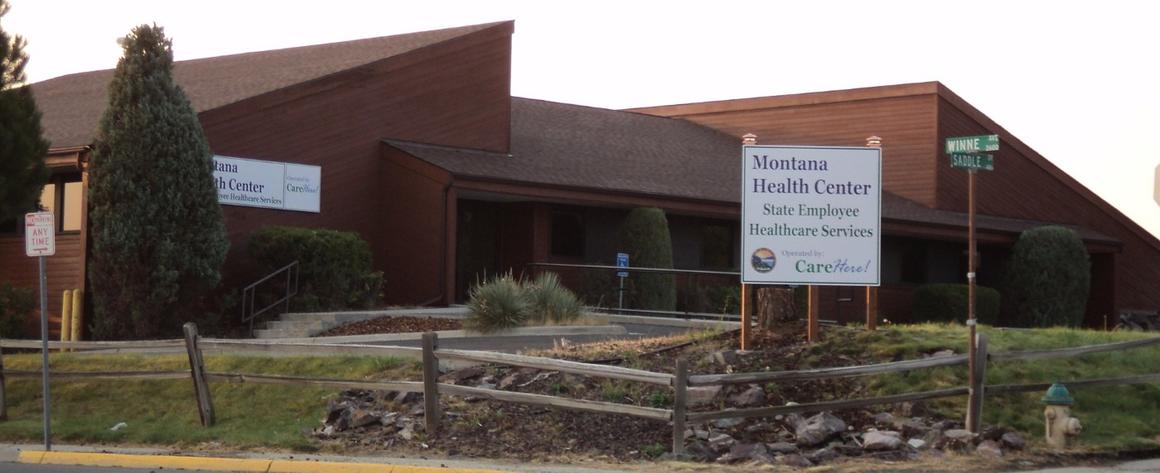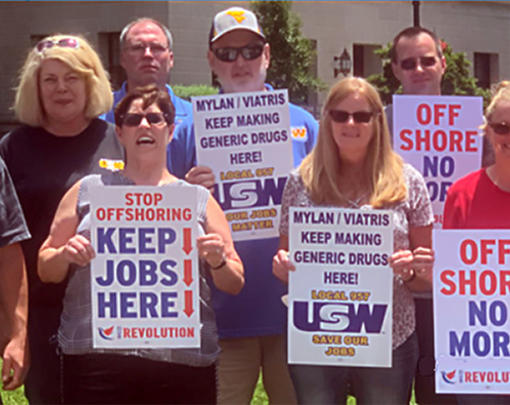The future of healthcare in America is hanging in the balance. Senate leader Mitch McConnell’s announcement that the Senate will take its first steps towards repealing the Affordable Care Act (ACA) this week makes the rollback seem more imminent than ever. With no clear idea about what might replace the ACA, millions of Americans, some of whose lives depend on comprehensive and affordable insurance, are left understandably distressed.
Fortunately, there are a myriad of ways in which cities, states and even regions can provide effective and affordable care independent of who sits in the White House, or the actions of Congress. In fact, innovative solutions are already in place in some areas that can serve as inspiration for new initiatives across the country. While none of these alternatives match the cost-saving potential of a single-payer system, they are all models that can be implemented without federal action, and that should provide concerned citizens some peace of mind. Further, they ensure access to quality care for millions of Americans.
For example, the state of Hawaii has had nearly universal healthcare since 1974 when the Hawaii Prepaid Health Care Act (PHCA) was passed. Since then, studies have shown that Hawaiians live longer than their counterparts in the continental U.S. and pay less for their healthcare.
In fact, in 2010 before the ACA was enacted, Hawaii enjoyed the second lowest health insurance premiums for singles in the country and the third lowest for families. This was achieved in part through the standardized benefits that employers were required to offer which kept administrative costs down.
Hawaii’s system was so well honed before the inception of the ACA that many felt the new law disrupted a system that was working extremely well — only 7.7% of Hawaiians were uninsured before the ACA went into effect, less than half the U.S average of 16.7% at the time.
In 2006, Massachusetts became the second state to enact near universal coverage when it mandated that almost all residents obtain a minimum level of insurance, and provided free coverage for all those at less than 150 percent of the federal poverty level.
Between 2006 when the law came in to force until the enactment of the ACA in 2010, Massachusetts had the lowest rate of uninsured individuals in the country. Both Hawaii and Massachusetts’ experiences are powerful examples of how states can act on their own to provide coverage to their residents regardless of federal action. Potential future changes to the Medicaid and Medicare programs at a federal level, however, might affect states’ ability to provide coverage to all their citizens at such a savings.
But Hawaii and Massachusetts are not the only states that have been innovating in order to cover gaps in insurance coverage and deal with continually rising healthcare costs. While not offering universal coverage, both the states of Montana and New Mexico have opened free, state-owned healthcare clinics for state employees. Montana opened the first of its clinics in Helena in 2012 and now serves about 43,400 state employees and dependents at 6 clinics statewide. The program is estimated to save the state $3.5 million a year. New Mexico announced the opening of a clinic for state workers in 2015, also estimating to save taxpayers around $3.5 million.
In addition to these models for action at the state level, there are also local and regional examples of how coverage and access issues can be addressed.
Back in 2007 — three years before the ACA was enacted — the city of San Francisco inaugurated Healthy San Francisco, the nation’s first citywide initiative aimed at ensuring universal access to healthcare. The initiation of the much- lauded program prompted the governments of nearby Oakland and San Mateo County to explore implementing similar initiatives. And the program itself was successful. Before the ACA came into force, Healthy San Francisco had extended coverage to more than 75 percent of city residents in a period of just a few years. Moreover, even while including city residents regardless of their immigration status, San Francisco managed to provide this service at a cheaper rate per person than comparable private insurance plans.
So successful has the San Francisco program been that the city’s health department has provided technical assistance to other cities, including New Orleans, Miami, Pittsburgh and Denver. States like Connecticut have also studied the program to understand how its model could be adapted for statewide implementation. It seems many of these plans were put on hold with the enactment of the ACA, but there’s no reason they could not be picked up again in the event of its repeal.
Lastly, the Twin Cities’ HealthPartners, an “award-winning integrated health care system”, is an excellent example of how a healthcare cooperative can provide quality care throughout a region. Founded in 1957, HealthPartners is the nation’s largest nonprofit, consumer-governed health care organization, providing health and dental care and coverage to 1.5 million individuals in Minnesota and surrounding states.
In the cooperative, consumers are in charge. They form the Board of Directors and therefore have direct influence over how the cooperative’s resources get used. Among the other standout features of HealthPartners’ model are on-site clinics for employees of several organizations and access to an online clinic with licensed physicians that is said to eliminate the need for face-to-face appointments for 40% of its users, saving HealthPartners and patients time and money.
Healthcare models like these have filled important gaps in coverage for years, and there is no reason to believe they would not continue to do so in a post-ACA era. These initiatives were trailblazers and have provided several examples that should inspire greater action at the state and local level no matter what happens in DC. So why not learn from what’s been working in these cities and states for years?




